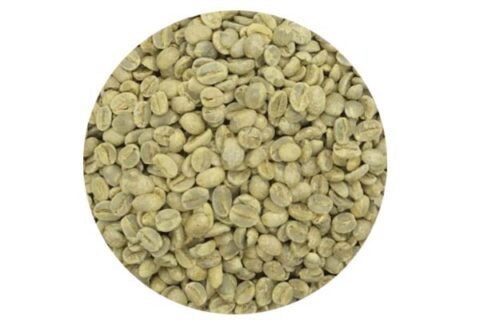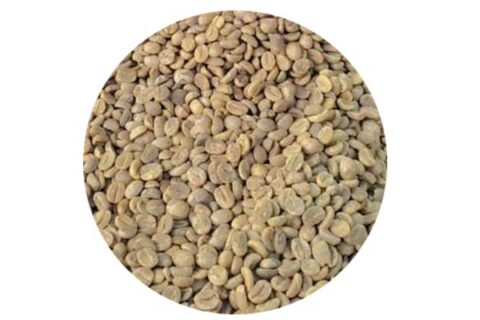Description
It is a Yemeni Arab hot drink made from coffee peels seasoned with ginger and sometimes with cinnamon. Yemenis usually drink it as a substitute for coffee
Since ancient times, the Yemenis did not export it, but rather consumed it locally and exported coffee beans only. From a long time ago, Saudi Arabia was the only country importing Qishr from Yemen. As mentioned by the Italian traveler “Renzo Manzoni” in the year 1877, during his visit to Yemen, which was called Al-Arabiya Al-Saeeda, “Al-Qishr” coffee caught the attention of the Italian traveler.And Manzoni mentions in his book [Yemen: A Journey to Al-Arabiya Al-Saeeda] in 1884: “The Yemenis do not consume coffee as is usually believed! Rather, they sell coffee beans, and consume only the Qishr (husk), and call it Qishr (husk) coffee. In the Yemeni market, Qishr is the most consumed crop among coffee products, followed by pure coffee.
How to prepare Qishr (husk) coffee!
The Yemenis prepare the qishr coffee drink in two ways, and it is drunk without sugar! Manzoni mentioned in his book Manzoni says: “In hot regions, the peel is roasted, ground and added to boiling water, inside a clay pot called (jemneh).”It is perfumed with (cinnamon, nutmeg, saffron, cloves). Through this method, this coffee – coffee husk – takes on a dark color with a sharp taste. As for the cold regions, “the qishr is not roasted, and it is added as is to the boiling water, and this coffee takes on a golden blond color, and its taste is excellent.”




